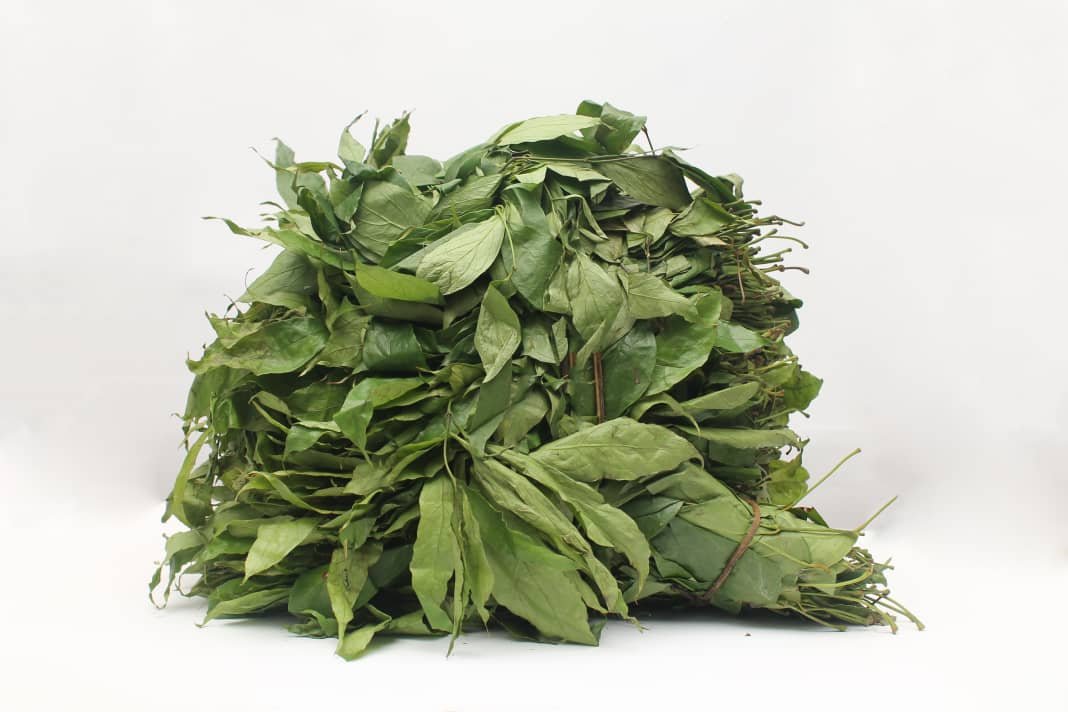
Exploring The Benefits Of Afang Leaf In Cooking
Afang leaf, also known as “okazi” in some regions, is a powerhouse of flavor and nutrition, boasting a rich history and cultural significance. This leafy green marvel hails from Nigeria and is a staple in many traditional dishes. When cooked, its distinctive taste and texture add depth to soups and stews, making it a cherished ingredient in West African cuisine. Join us on a journey to uncover the secrets and delights of the versatile afang leaf.
The Amazing Afang Leaf: Nature’s Gift for Health and Flavor
Welcome, young explorers, to the wonderful world of afang leaf! Have you ever heard of this special plant that not only adds flavor to your meals but also offers amazing health benefits? Today, we are going to dive deep into the fascinating world of afang leaf and discover all there is to know about this incredible gift from nature.
What is Afang Leaf?
Afang leaf, also known as Gnetum africanum, is a green leafy vegetable that is native to the tropical regions of Africa. It is widely used in traditional African cuisine, especially in countries like Nigeria and Cameroon. The leaves of the afang plant are dark green and have a slightly bitter taste, similar to spinach or kale.
One of the most interesting things about afang leaf is its unique texture. When cooked, the leaves become soft and slightly slimy, which adds a rich and velvety texture to soups and stews. The flavor of afang leaf is earthy and slightly nutty, making it a versatile ingredient that can be used in a variety of dishes.
Health Benefits of Afang Leaf
Now, let’s talk about the amazing health benefits of afang leaf. This humble leaf is packed with essential nutrients that are beneficial for your body. Here are some of the key health benefits of including afang leaf in your diet:
1. Nutrient-Rich
Afang leaf is a powerhouse of nutrients, including vitamins A, C, and E, as well as minerals like iron, calcium, and potassium. These nutrients are essential for maintaining good health and supporting various bodily functions.
2. Immune Boosting
The vitamins and antioxidants found in afang leaf help to boost your immune system and protect your body against diseases and infections. Including afang leaf in your diet can help you stay healthy and strong.
3. Digestive Health
Afang leaf is rich in dietary fiber, which is important for digestive health. Fiber helps to keep your digestive system running smoothly and can prevent constipation and other digestive issues.
How to Prepare and Cook with Afang Leaf
Now that we know about the health benefits of afang leaf, let’s talk about how you can prepare and cook with this amazing ingredient. Afang leaf is a versatile ingredient that can be used in a variety of dishes, but it is most commonly used in soups and stews.
Ingredients:
– Fresh afang leaves
– Protein of your choice (such as meat, fish, or tofu)
– Palm oil
– Stock or water
– Seasoning (salt, pepper, bouillon cubes)
– Onions, peppers, and other vegetables of your choice
Instructions:
1. Wash the afang leaves thoroughly and chop them finely.
2. In a pot, heat some palm oil and sauté your protein with onions and other vegetables until cooked.
3. Add stock or water to the pot and bring to a boil.
4. Stir in the chopped afang leaves and simmer for about 10-15 minutes.
5. Season with salt, pepper, and bouillon cubes to taste.
6. Serve hot with your choice of sides like rice, fufu, or pounded yam.
Where to Find Afang Leaf
If you’re eager to try cooking with afang leaf, you may be wondering where you can find this special ingredient. Afang leaf is commonly sold in African grocery stores or markets that cater to a diverse range of cultures. You can also sometimes find frozen or dried afang leaves in specialty stores or online.
When buying afang leaves, look for fresh, vibrant green leaves that have a slightly bitter smell. Avoid leaves that are wilted or discolored, as they may be past their prime.
In Conclusion
So there you have it, young food adventurers! Afang leaf is not just any ordinary vegetable; it is a powerhouse of nutrients and flavor that can take your dishes to the next level. Whether you’re looking to boost your health or simply tantalize your taste buds, afang leaf is a versatile ingredient that deserves a spot in your kitchen.
Next time you’re at the market, why not pick up some fresh afang leaves and embark on a culinary journey to discover the wonders of this remarkable leafy green? Your taste buds and your body will thank you!
Until next time, happy cooking and happy exploring!
Amazing Afang soup recipe
Frequently Asked Questions
What are the health benefits of afang leaf?
Afang leaf is rich in vitamins and minerals, making it beneficial for overall health. It is known to boost immunity, improve digestion, and promote healthy skin and hair.
How can afang leaf be used in cooking?
Afang leaf is commonly used in Nigerian cuisine, particularly in dishes like afang soup. It can be chopped and added to soups, stews, and sauces to enhance flavor and nutrient content.
Where can one find afang leaf?
Afang leaf can be found in African grocery stores or markets, both fresh and dried. It is also possible to grow afang plants at home if the climate is suitable for their cultivation.
Final Thoughts
In conclusion, afang leaf stands out for its numerous health benefits and culinary versatility. With its rich nutrient content and unique flavor profile, it has become a staple ingredient in many traditional dishes. Incorporating afang leaf into your diet can contribute to improved health and overall well-being. Whether enjoyed in soups, stews, or salads, afang leaf adds a delicious and nutritious element to any meal. Embrace the power of afang leaf to elevate your culinary experiences and enhance your health.



